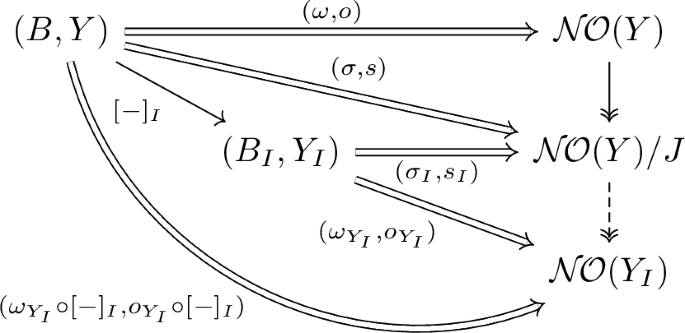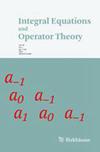Nica-Toeplitz 算法的理想结构
IF 0.9
3区 数学
Q2 MATHEMATICS
引用次数: 0
摘要
我们研究在 \(\mathbb {N}^n\) 上的乘积系统 (A, X) 的 Nica-Toeplitz 代数 \(\mathcal {N}\mathcal {T}(X)\) 的轨距不变理想结构。我们得到了对 A 中 X 不变理想的清晰描述,也就是对 A 中 \(\mathcal {N\hspace{-1.111pt}T}(X)\) 的轨距不变理想的限制。主要结果是针对 A 中的理想族对适当乘积系统中 \(\mathcal {N\hspace{-1.111pt}T}(X)\) 的轨距不变理想进行了分类。本文章由计算机程序翻译,如有差异,请以英文原文为准。

Ideal Structure of Nica-Toeplitz Algebras
We study the gauge-invariant ideal structure of the Nica-Toeplitz algebra \(\mathcal {N}\mathcal {T}(X)\) of a product system (A, X) over \(\mathbb {N}^n\). We obtain a clear description of X-invariant ideals in A, that is, restrictions of gauge-invariant ideals in \(\mathcal {N\hspace{-1.111pt}T}(X)\) to A. The main result is a classification of gauge-invariant ideals in \(\mathcal {N\hspace{-1.111pt}T}(X)\) for a proper product system in terms of families of ideals in A. We also apply our results to higher-rank graphs.
求助全文
通过发布文献求助,成功后即可免费获取论文全文。
去求助
来源期刊
CiteScore
1.60
自引率
0.00%
发文量
36
审稿时长
6 months
期刊介绍:
Integral Equations and Operator Theory (IEOT) is devoted to the publication of current research in integral equations, operator theory and related topics with emphasis on the linear aspects of the theory. The journal reports on the full scope of current developments from abstract theory to numerical methods and applications to analysis, physics, mechanics, engineering and others. The journal consists of two sections: a main section consisting of refereed papers and a second consisting of short announcements of important results, open problems, information, etc.

 求助内容:
求助内容: 应助结果提醒方式:
应助结果提醒方式:


